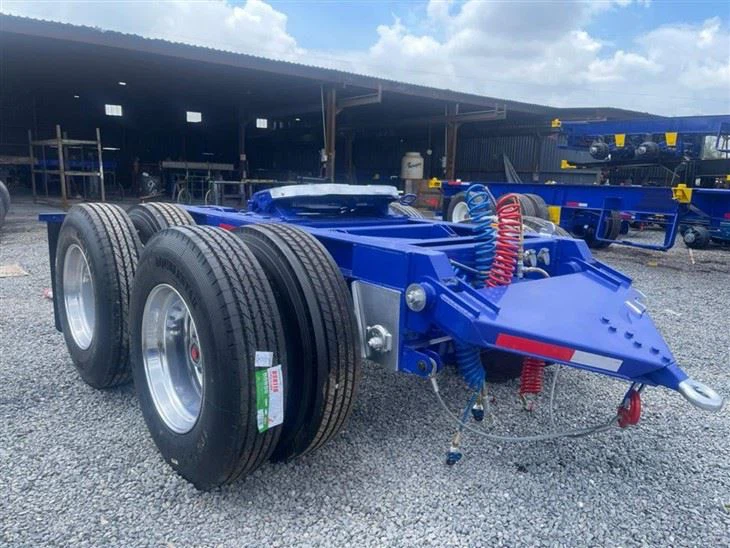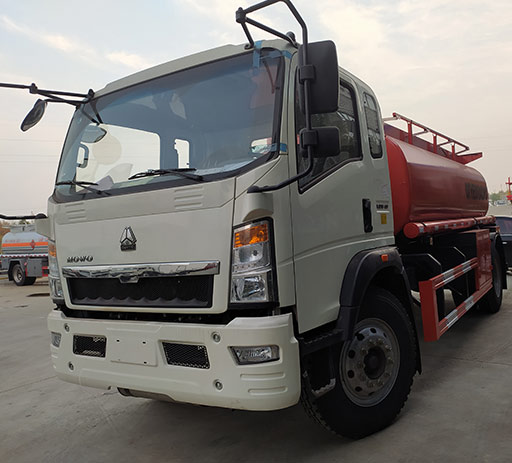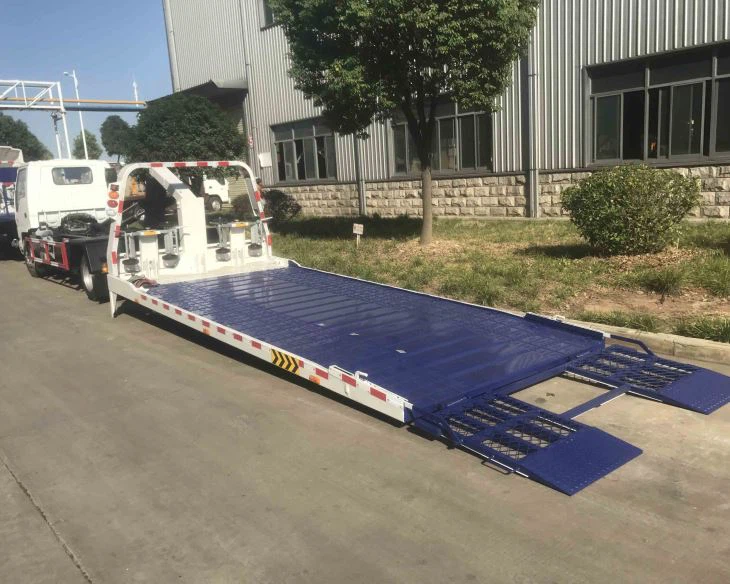Streetsweepers: Everything You Need to Know

Streetsweepers play a vital role in urban maintenance, ensuring our roads and public spaces remain clean and safe. This article will deep dive into streetsweepers, covering their types, functions, importance, environmental impacts, technologies, and much more.
What Are Streetsweepers?
Streetsweepers are specialized vehicles designed to clean roadways and public spaces. They efficiently remove debris, dirt, leaves, and pollutants from streets, parking lots, and sidewalks. By maintaining cleanliness, streetsweepers contribute to public health and enhance the aesthetic appeal of urban environments.
The Importance of Streetsweepers
Understanding the importance of streetsweepers can shed light on why they are essential for urban living:
1. Public Health
Streetsweepers help to minimize health risks associated with debris and pollutants on streets. Accumulated dirt can harbor harmful bacteria and allergens that may cause respiratory issues and other health problems.
2. Environmental Protection
By cleaning up litter and pollutants, streetsweepers play a crucial role in preventing harmful substances from entering waterways, which can lead to water pollution and such problems as algae blooms.
3. Aesthetic Appeal
Cities and towns are more visually appealing when streets are clean. Regular sweeping can enhance property values and encourage more residents and tourists to visit.
Types of Streetsweepers
There are several types of streetsweepers, each designed for different cleaning tasks. Below are some commonly used types:
1. Mechanical Broom Sweepers
These are the most traditional streetsweepers. They use rotating brushes to dislodge debris, which is then collected into a hopper. Mechanical broom sweepers are effective for large debris and are often used on primary streets.
2. Vacuum Sweepers
Vacuum sweepers utilize strong suction combined with brushes to capture and remove fine dust and debris. These are ideal for maintaining cleaner streets, particularly in residential areas.
3. Regenerative Air Sweepers
This type uses a combination of air and brushes to clean streets. Regenerative air sweepers are particularly effective for fine dust and dirt, making them suitable for both urban and rural applications.
4. Suction Sweepers
Suction sweepers are equipped with powerful vacuum systems to remove liquid spills, mud, and dust. They are commonly employed in areas prone to flooding or heavy rainfall.
5. Compact Sweepers
Designed for tight spaces, compact sweepers can easily navigate narrow streets and sidewalks. They are ideal for urban areas where space is limited.
Technological Innovations in Streetsweeping
Modern streetsweepers have evolved significantly, incorporating advanced technologies to improve efficiency and effectiveness.
1. GPS Tracking
Many streetsweepers are now equipped with GPS systems that allow for route optimization and tracking of service history, leading to enhanced efficiency and accountability.
2. Smart Sensors
Smart sensors can detect debris levels and automatically adjust the cleaning intensity. This technology ensures that streets are swept only when necessary, saving resources and time.
3. Eco-Friendly Models
With growing concerns about environmental impact, many manufacturers are now producing electric or hybrid streetsweepers, reducing carbon emissions while maintaining performance.
Streetsweepers and Urban Planning
Streetsweepers play a critical role in urban planning strategies. Their operations must be well integrated into city maintenance schedules to ensure cleanliness and health standards are upheld.
1. Maintenance Schedules
Municipalities often create maintenance schedules that dictate how often streets should be swept based on traffic volume, seasonal changes, and special events. For example, streets in tourist areas may require more frequent cleaning.
2. Budgeting and Resources
Efficient use of streetsweepers helps cities allocate their budgets wisely. By analyzing cleaning patterns and debris accumulation, governments can save money and maximize operational efficiency.
3. Community Engagement
Informing residents about street sweeping schedules and encouraging them to keep their areas clean can enhance the overall efficacy of streetsweeping programs. Using social media and community boards for communication is effective.
Practical Examples of Streetsweeping in Action
| City | Streetsweeping Program | Technology Used | Benefits |
|---|---|---|---|
| San Francisco | Regular Street Cleaning | GPS Tracking | Increased efficiency, decreased complaints |
| New York City | Community Clean-Up Initiatives | Smart Sensors | Enhanced cleanliness, reduced debris |
| Seattle | Seasonal Sweeping | Eco-Friendly Models | Lower emissions, sustainable practices |
Tips for Effective Streetsweeping
1. Regular Maintenance
Ensure that streetsweepers are regularly serviced to guarantee optimal performance and avoid breakdowns.

2. Optimize Routes
Use GPS and other tracking technologies to optimize cleaning routes, reducing travel time and costs.
3. Community Involvement
Engage the community in streetsweeping efforts by encouraging residents to report problem areas and participate in clean-up events.
4. Monitor Weather Conditions
Adjust cleaning schedules based on weather conditions to prevent debris buildup after storms or heavy winds.
Challenges Faced by Streetsweepers
While streetsweepers are crucial for urban maintenance, they face several challenges that can affect their operations:
1. Budget Constraints
Many municipalities face budget limitations that can hinder the frequency and quality of streetsweeping services.
2. Weather Conditions
Extreme weather conditions, such as heavy rains or snow, can hamper the effectiveness of streetsweepers.
3. Traffic Delays
Busy traffic can pose challenges for streetsweepers, leading to delayed cleaning operations.
Frequently Asked Questions (FAQ)
1. How often should streets be swept?
The frequency of streetsweeping depends on various factors such as traffic volume, location, and seasonal debris. Urban areas may require more frequent sweeps compared to rural areas.

2. Can streetsweeping reduce air pollution?
Yes, regular streetsweeping can help reduce dust and particulate matter in the air, contributing to better air quality.
3. What is the difference between mechanical and vacuum sweepers?
Mechanical sweepers use rotating brushes to dislodge debris, while vacuum sweepers utilize suction combined with brushes to remove finer particles and liquids.
4. Are there eco-friendly options for streetsweepers?
Yes, many cities now adopt electric or hybrid streetsweepers to reduce emissions and environmental impact.
5. How do municipalities determine streetsweeping routes?
Cities typically analyze traffic patterns, debris accumulation, and resident feedback to determine the most efficient streetsweeping routes.

6. What role do streetsweepers play in flood prevention?
By keeping streets clear of debris, streetsweepers can help prevent blockages in drainage systems, thus reducing the risk of flooding.
